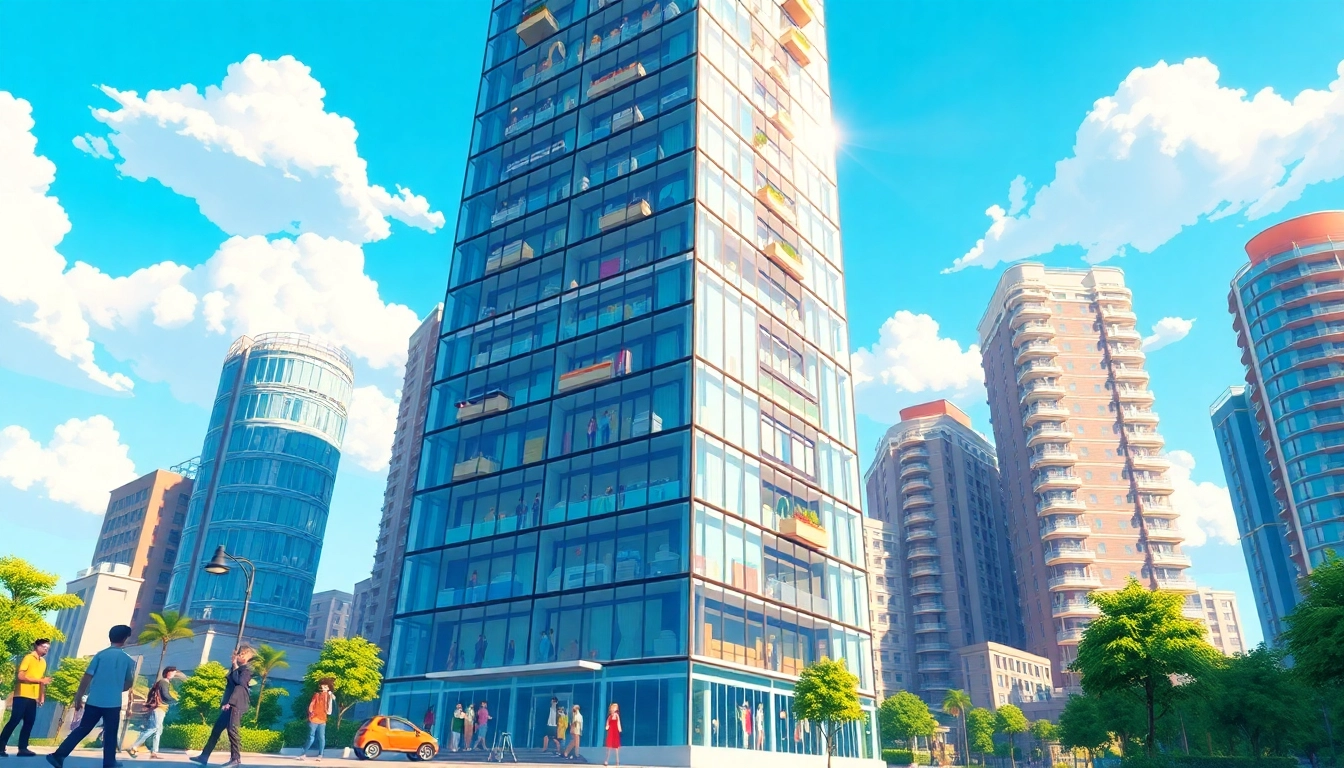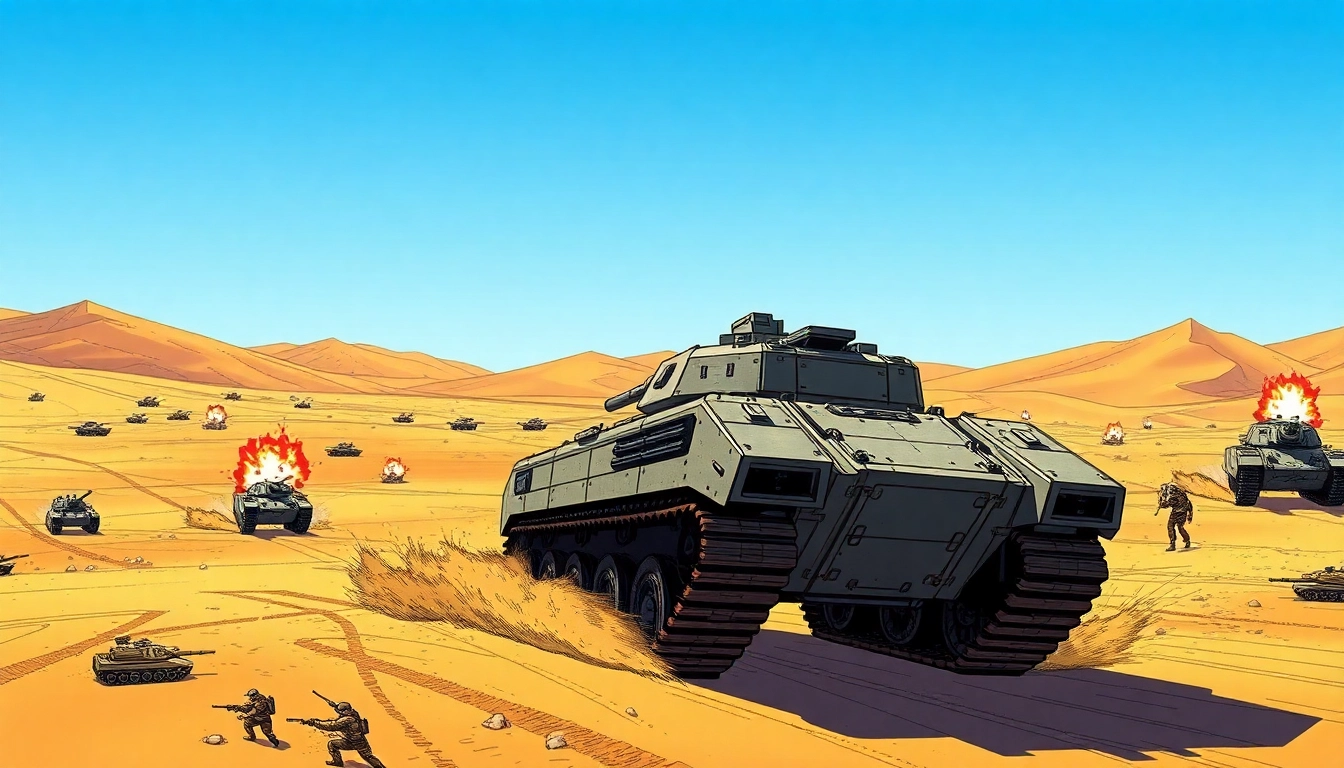Understanding Sim Tower Basics
Overview of Sim Tower Gameplay
Launched in 1994, Sim Tower has carved a niche in the realm of construction and management simulation games. Created by OPeNBooK Co., Ltd., this engaging game allows players to design, build, and manage a skyscraper, making strategic decisions about which facilities to include to meet the needs of various tenants. The core objective is to elevate the tower’s status to a five-star structure, a challenge that requires meticulous planning and execution. Players can enjoy diverse gameplay elements, such as revenue generation, guest satisfaction management, and the strategic placement of services. As you navigate through different scenarios in sim tower, you’ll delve into the intricacies of turning a simple building into a bustling vertical empire.
Key Features of Sim Tower
Sim Tower is distinguished by several fundamental features that enhance the gaming experience:
- Customizable Towers: Players have the autonomy to shape their skyscraper’s design, including the number of floors and the types of facilities, from offices to hotels.
- Dynamic Business Management: Managing the tower involves overseeing resources, including finances and guest satisfaction, while making real-time decisions to increase profitability.
- Strategic Planning: Players must assess the demand for different types of spaces and services, ensuring that they meet tenant needs effectively.
- Visitor Dynamics: The game features a complex system of managing various visitor types, each with distinct preferences and needs, which adds layers of challenges.
Building Types and Strategies
Understanding the types of buildings that can be constructed is critical to success in Sim Tower. Facilities such as offices, apartments, hotels, and restaurants can be integrated into the tower. Players must consider the needs of these tenants when deciding the layout and services. For instance, placing high-end office spaces closer to service elevators can attract corporate tenants, while hotel amenities should be strategically placed to maximize guest experience. Balancing these elements ensures higher occupancy rates and profitability.
Setting Up Your Sim Tower
Initial Setup and Terrain Considerations
When embarking on the journey of constructing your skyscraper, the first step involves initial setup and terrain evaluation. Begin by assessing the geographical area and its zoning regulations, which impact the types of buildings you can create. This early-stage analysis helps in selecting a suitable site that maximizes your building’s potential. Additionally, consider the resources available in your location, such as nearby infrastructure (roads, public transport) and their effects on visitor traffic.
Essential Facilities to Include
As construction begins, it’s vital to include a variety of facilities that cater to a broad spectrum of tenant needs:
- Residential Space: Apartments should be located on higher floors, providing views and privacy.
- Commercial Offices: These should occupy lower floors to enhance accessibility for business professionals.
- Hospitality Services: This includes hotels and restaurants that need to be strategically placed to capitalize on foot traffic.
- Recreational Amenities: Gyms, pools, and cafes can enhance tenant satisfaction, retaining clients over the long term.
Planning Your Tower Layout
Effective tower layout is crucial in maximizing both space and revenue. Implement zoning strategies where residential and commercial spaces are separated, aiding in noise reduction and enhancing tenant satisfaction. It’s advisable to position service-oriented facilities, such as elevators and restrooms, centrally within the tower for easy access. Layering your facilities effectively, with premium facilities above mid-range ones, can also create a hierarchical structure that potentially increases overall tenant satisfaction.
Advanced Management Techniques
Maximizing Revenue Streams in Sim Tower
In your journey to build a successful vertical empire, adopting advanced management techniques to maximize revenue is essential. Diverse income streams can be generated through various tenant types, and strategic pricing can significantly affect occupancy rates. Regularly analyze data related to tenant demand and adjust your pricing or marketing strategies accordingly. Promote events or seasonal discounts to stimulate interest during slower months, which can enhance revenue flows.
Managing Guest Satisfaction Effectively
Meeting the needs of your tenants is paramount in Sim Tower. Guest satisfaction can directly impact your tower’s reputation and revenue. To manage it effectively, implement feedback systems that allow for tenant input on improvements. Regular maintenance of facilities, prompt resolution of complaints, and the inclusion of upscale amenities are all strategies to enhance overall guest satisfaction. Moreover, facilitating recreational and business events within your tower can create a community atmosphere that keeps tenants engaged.
Strategies for Upgrading and Expanding
As your tower grows, continual upgrades and expansions become significant components of your game strategy. Start by identifying areas where you can improve, such as upgrading existing facilities to higher-tier options or expanding upward. Assessing tenant preferences will inform your choices, ensuring that developments align with market demand. Keeping an eye on financial performance can help manage cash flow effectively to fund these upgrades. This approach guarantees longevity and prosperity in your tower management endeavors.
Common Challenges and Solutions
Troubleshooting Gameplay Issues
Throughout your time playing Sim Tower, you’re likely to encounter a series of challenges. Common issues include resource mismanagement, poor tenant satisfaction, and financial strife. To troubleshoot these problems, utilize in-game analytics to assess performance against expected outcomes. This will highlight areas needing attention, allowing you to make informed adjustments. Engaging with online communities can also provide troubleshooting guides and insights for overcoming common obstacles.
Strategies for Overcoming Budget Constraints
Operating under budget constraints can prove to be one of the more daunting challenges in Sim Tower. To navigate financial difficulties effectively, prioritize your spending. Concentrate on essential facilities that drive revenue first and defer luxury upgrades until your financials are stable. Engage in financial forecasting to anticipate expenses and income, aiding in better resource allocation decisions. Learning to manage debt strategically, keeping operational costs low, and maximizing guest satisfaction can create resilience against budget shortfalls.
Dealing with Guest Complaints
Handling guest complaints is an essential part of maintaining tenant satisfaction and loyalty. Establish a systematic approach to address grievances promptly. Create feedback mechanisms to gather tenant concerns, evaluate them, and take actionable steps toward resolution. Transparency in how complaints are handled can build trust among tenants. Prioritize rectifying recurring issues to improve your tower’s overall reputation. This proactive stance equips you in fostering a positive living experience for all residents.
Community and Resources for Sim Tower
Connecting with Other Sim Tower Players
The Sim Tower community is vibrant and supportive, offering platforms for players to collaborate, share experiences, and exchange strategies. Engaging with fellow players through forums or social media can yield valuable insights and tips that enhance gameplay. Participation in these communities can also foster friendships among players who share a common interest in managing their own vertical empires. Consider joining dedicated groups or following hashtags related to sim tower on social platforms to stay connected.
Utilizing Online Guides and Forums
Numerous online resources can help refine your gameplay strategies, expand your knowledge of game mechanics, and discover advanced techniques within Sim Tower. Websites dedicated to game reviews frequently curate guides outlining essential tips, walkthroughs, and successful gameplay strategies. Participating in forums can provide firsthand accounts of experiences, tips on overcoming challenges, and suggestions for optimizing performance in your tower management.
Recommended Mods and Custom Content
Enhancing your Sim Tower experience can also be achieved through modification and custom content. Players often create unique mods that introduce new game features, streamline gameplay mechanics, or enhance visual aspects. Engaging with platforms that showcase these modifications can add a fresh layer of complexity and enjoyment to your simulation. Be cautious when selecting mods, ensuring they are from reputable sources and compatible with your version of the game.

